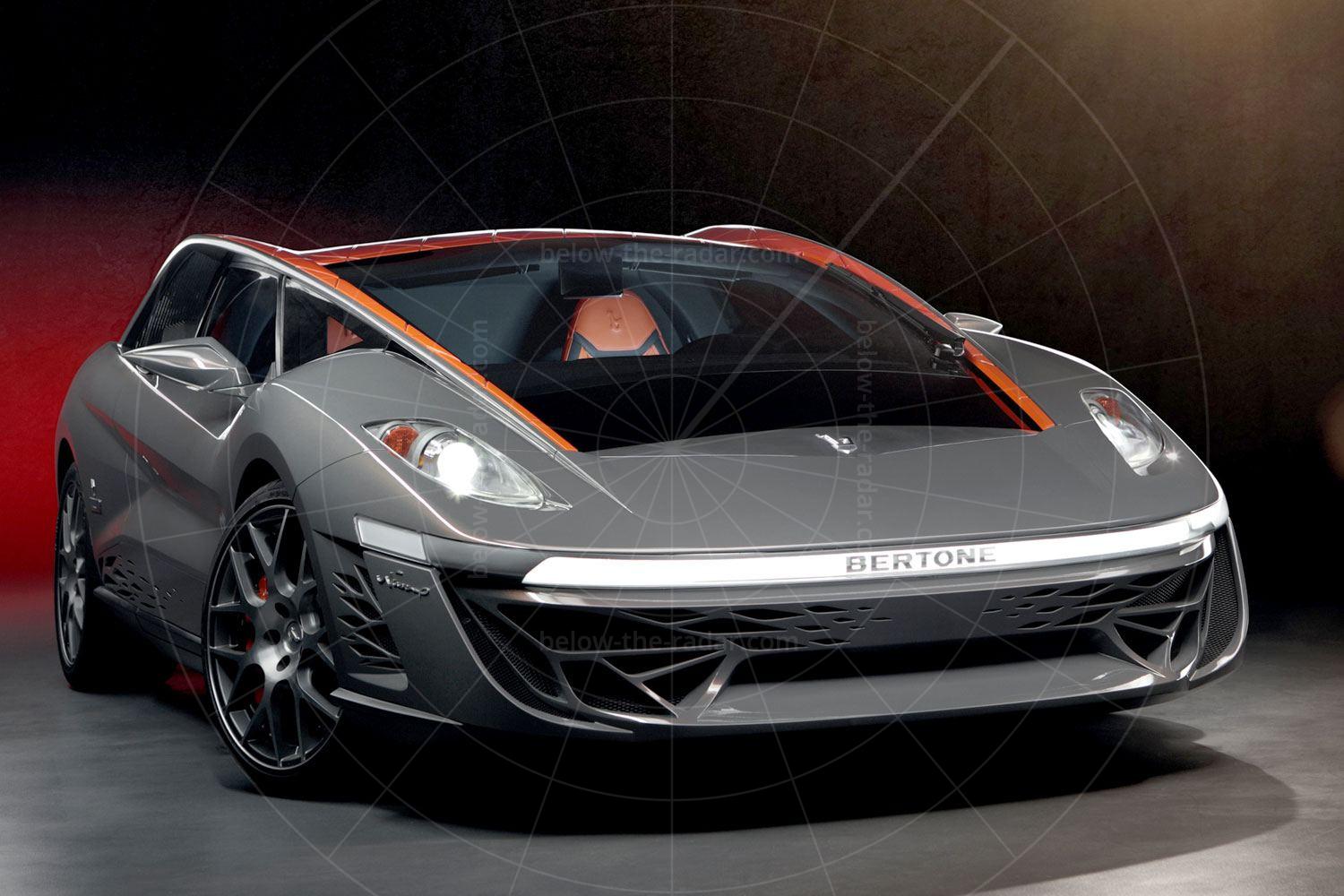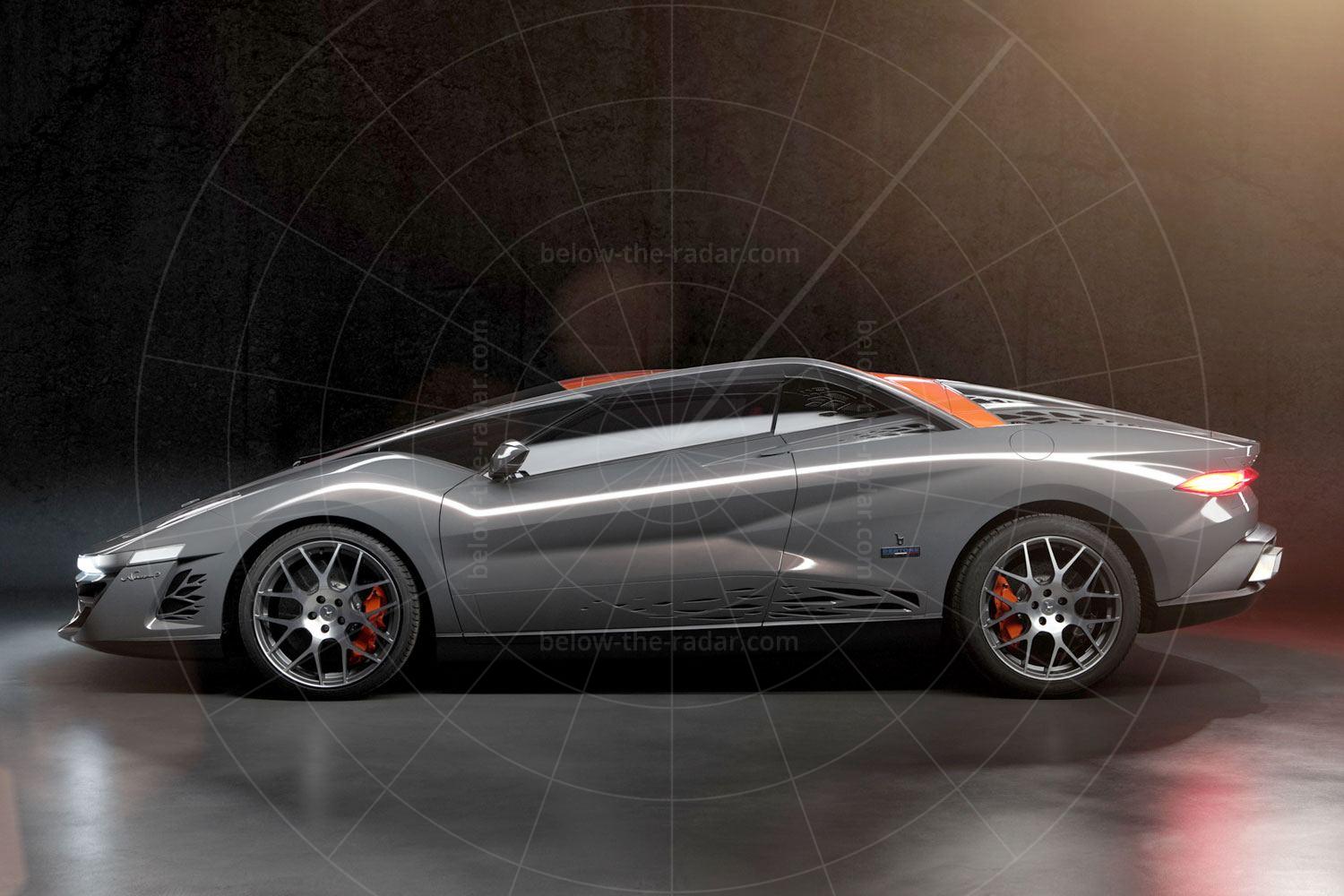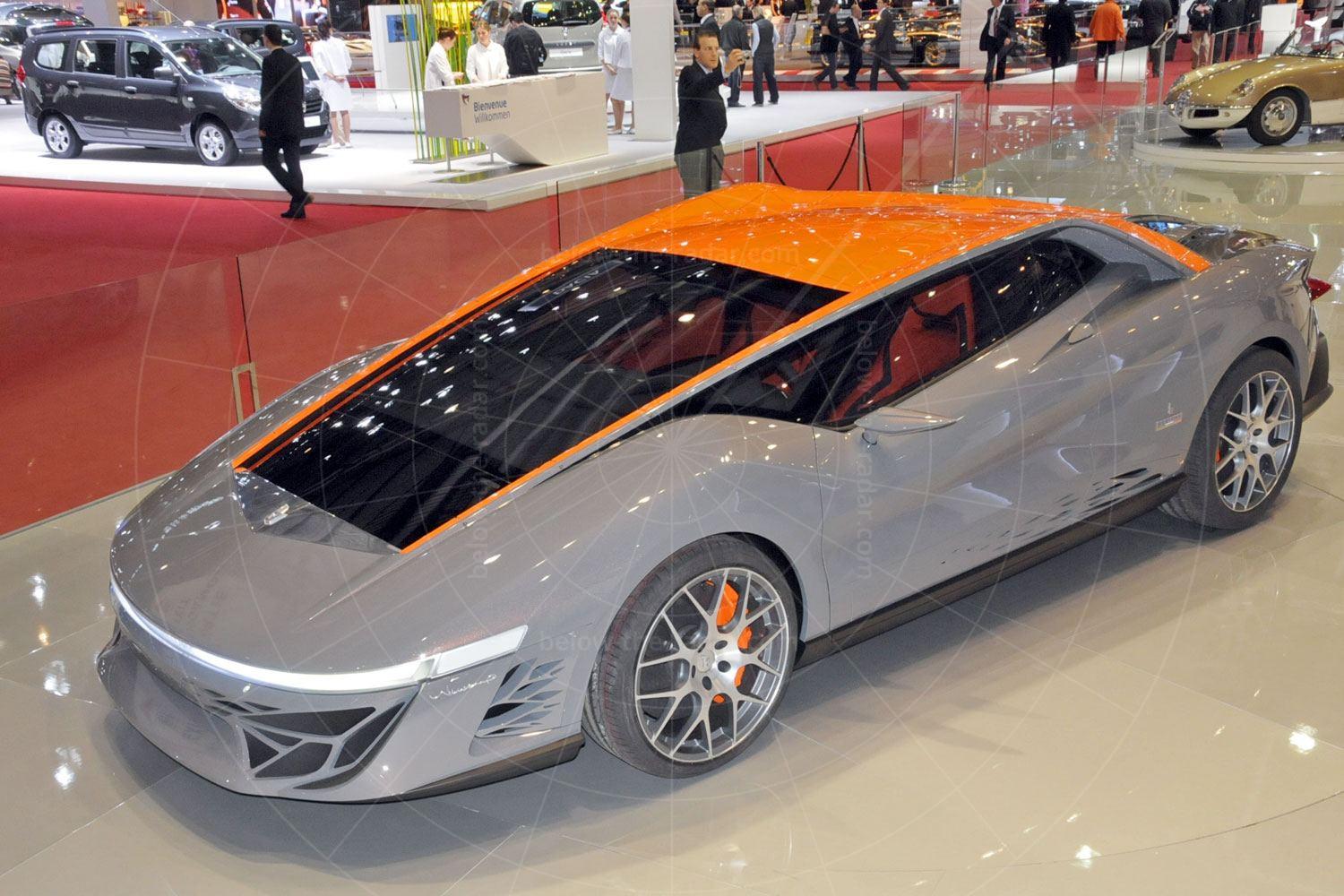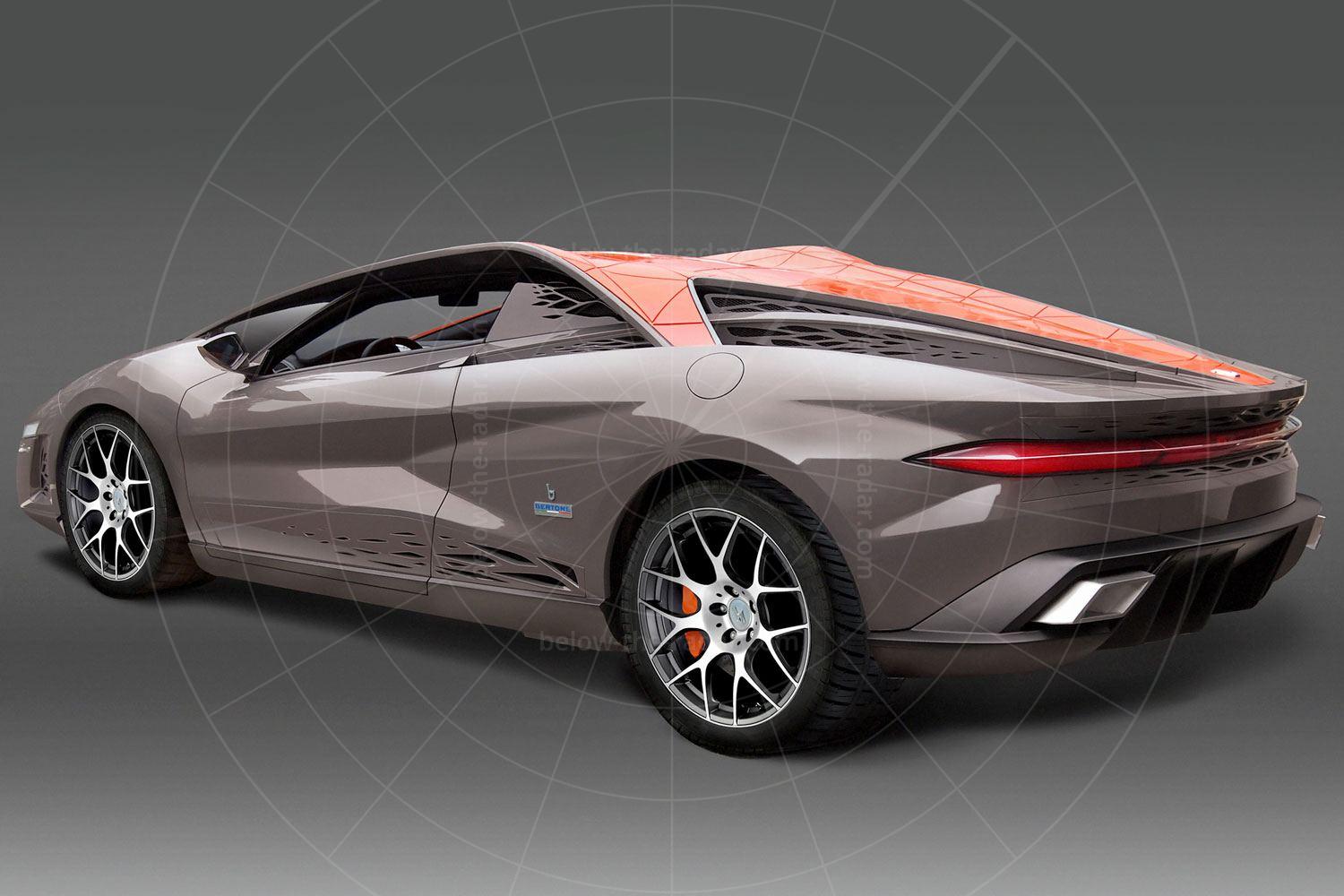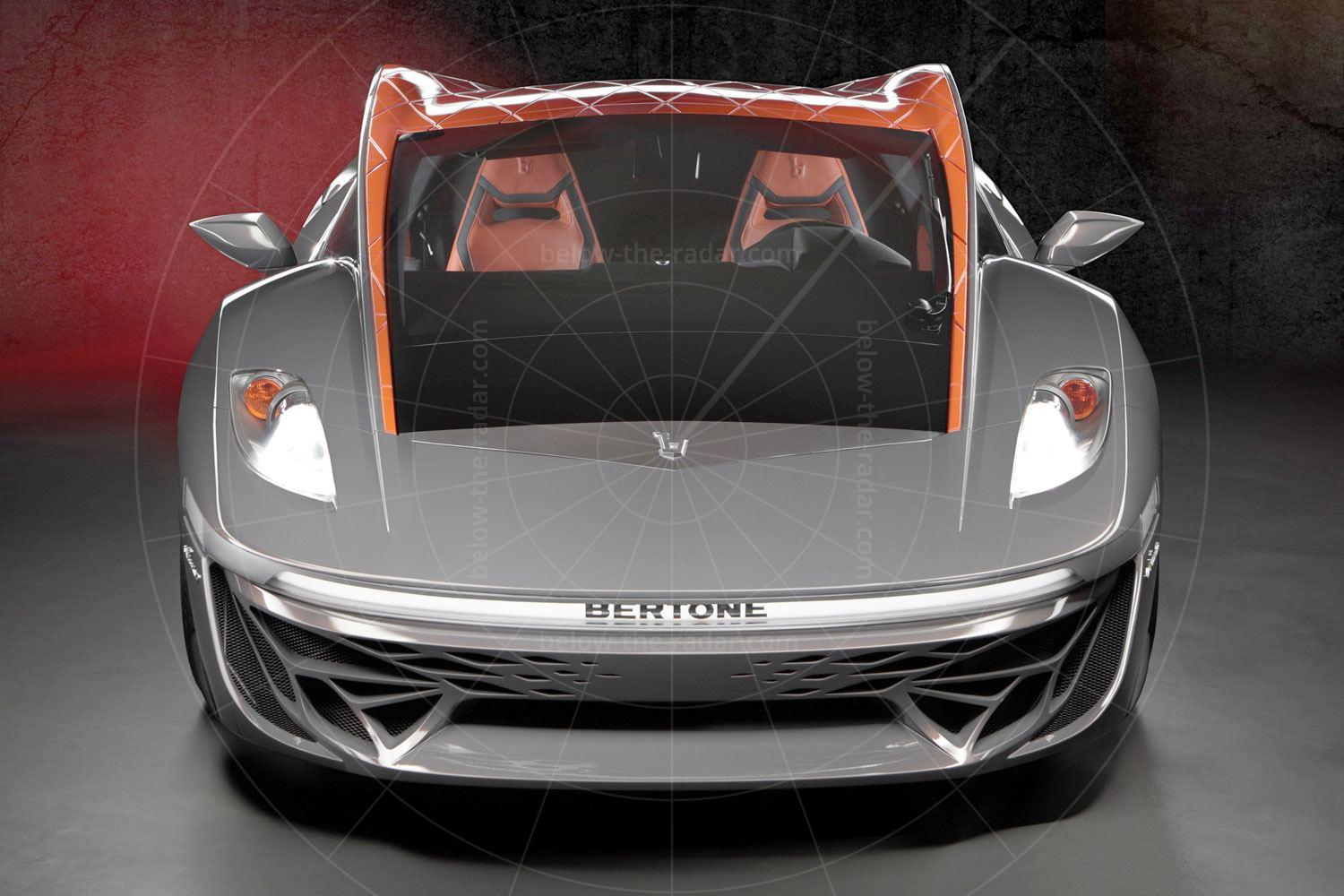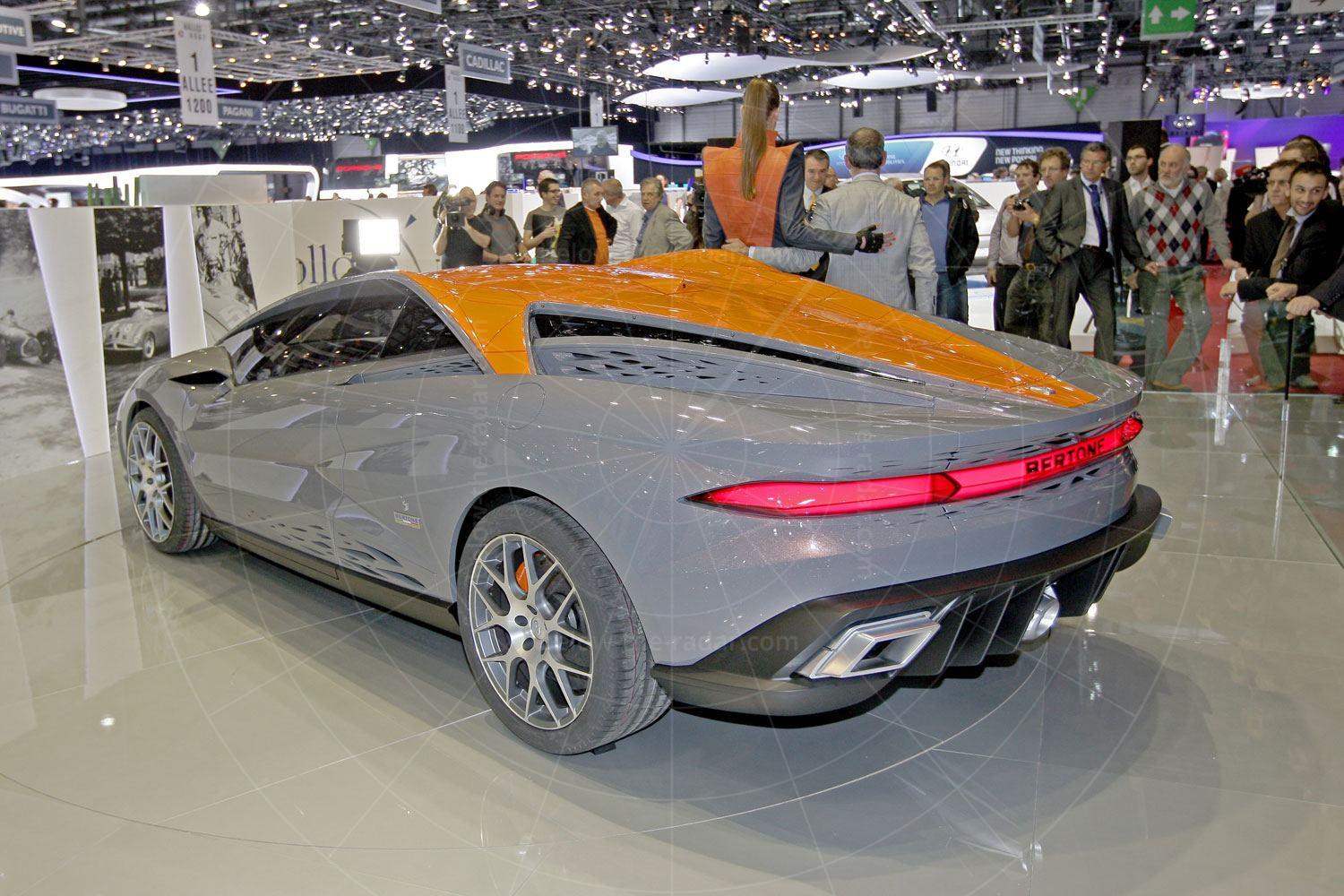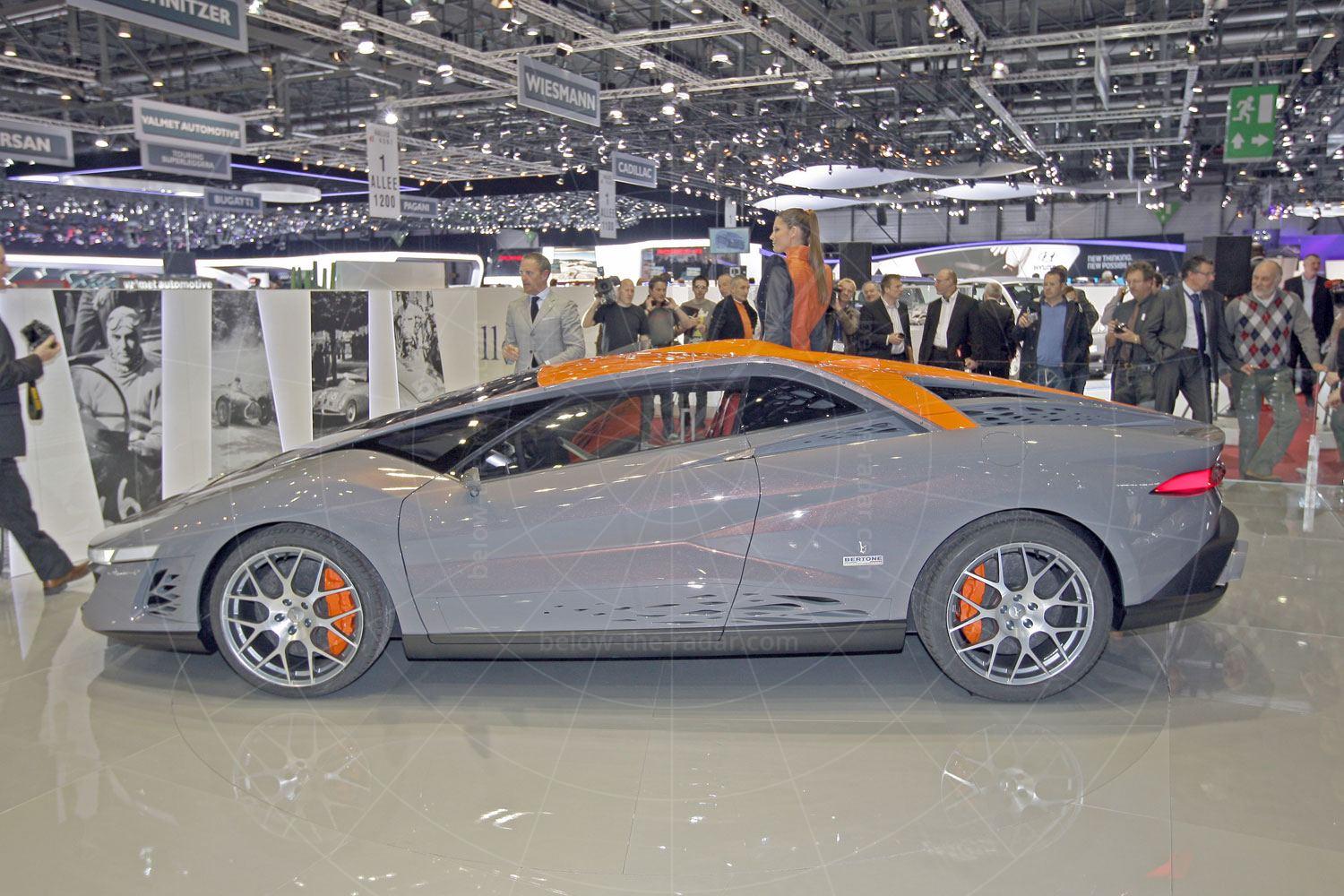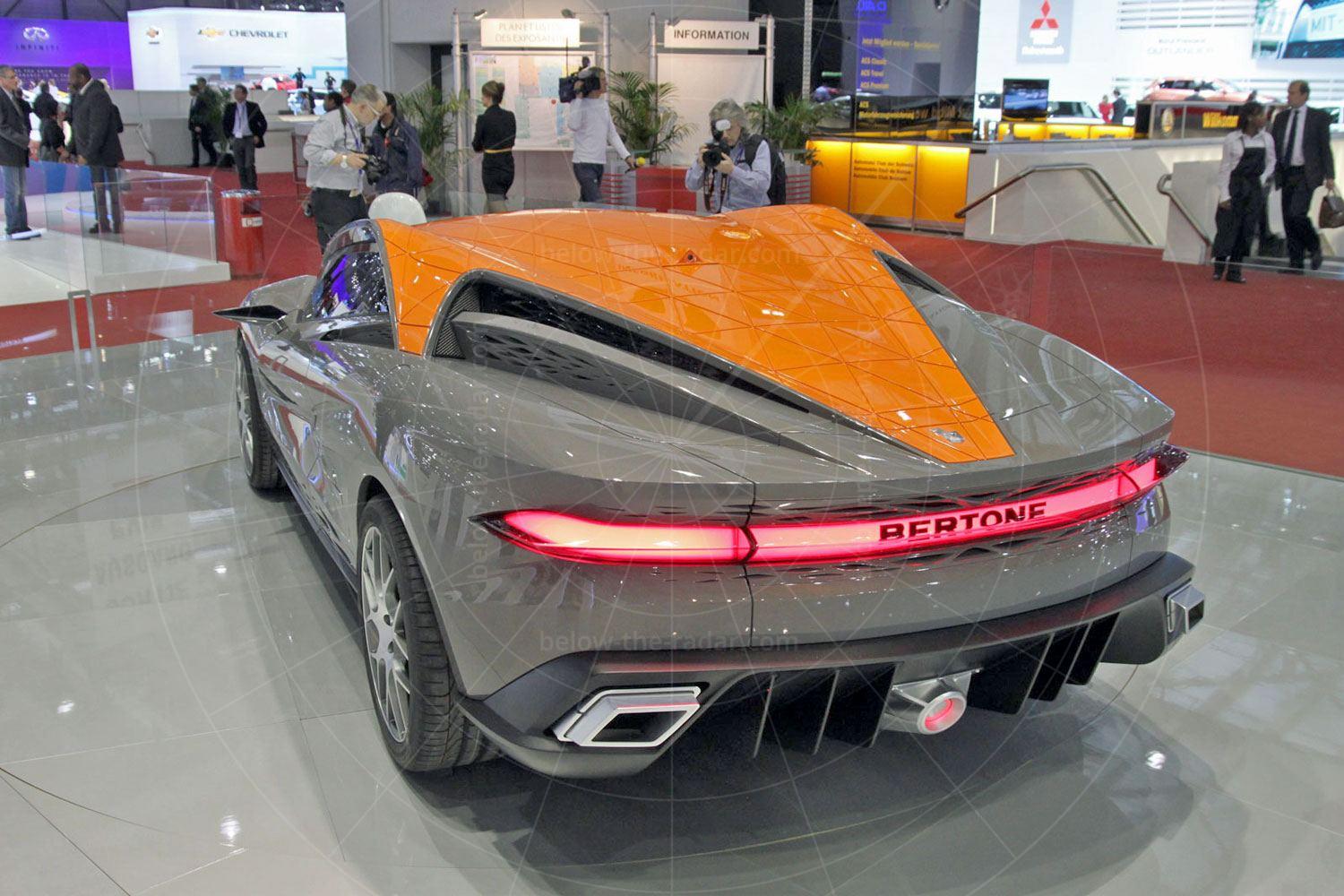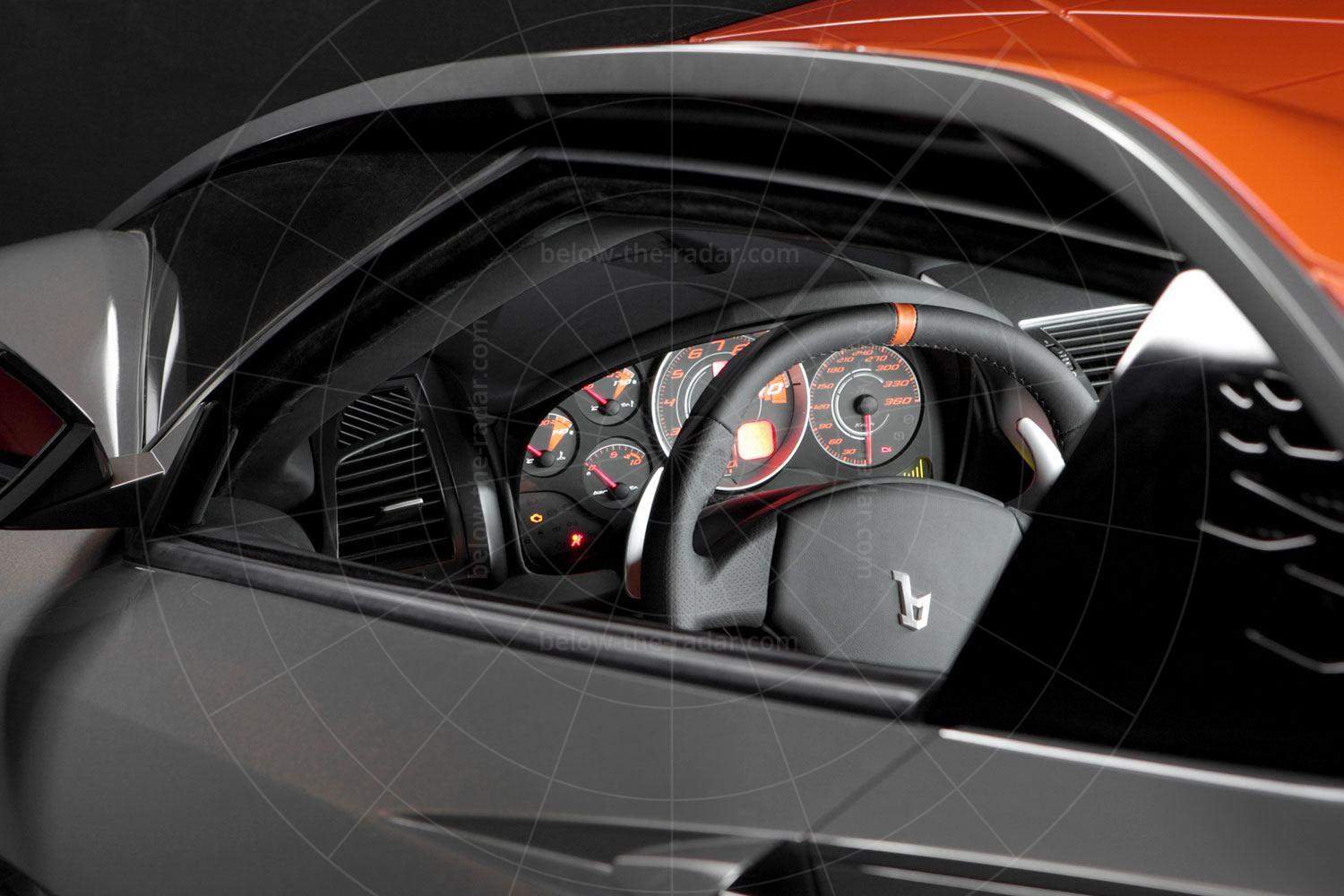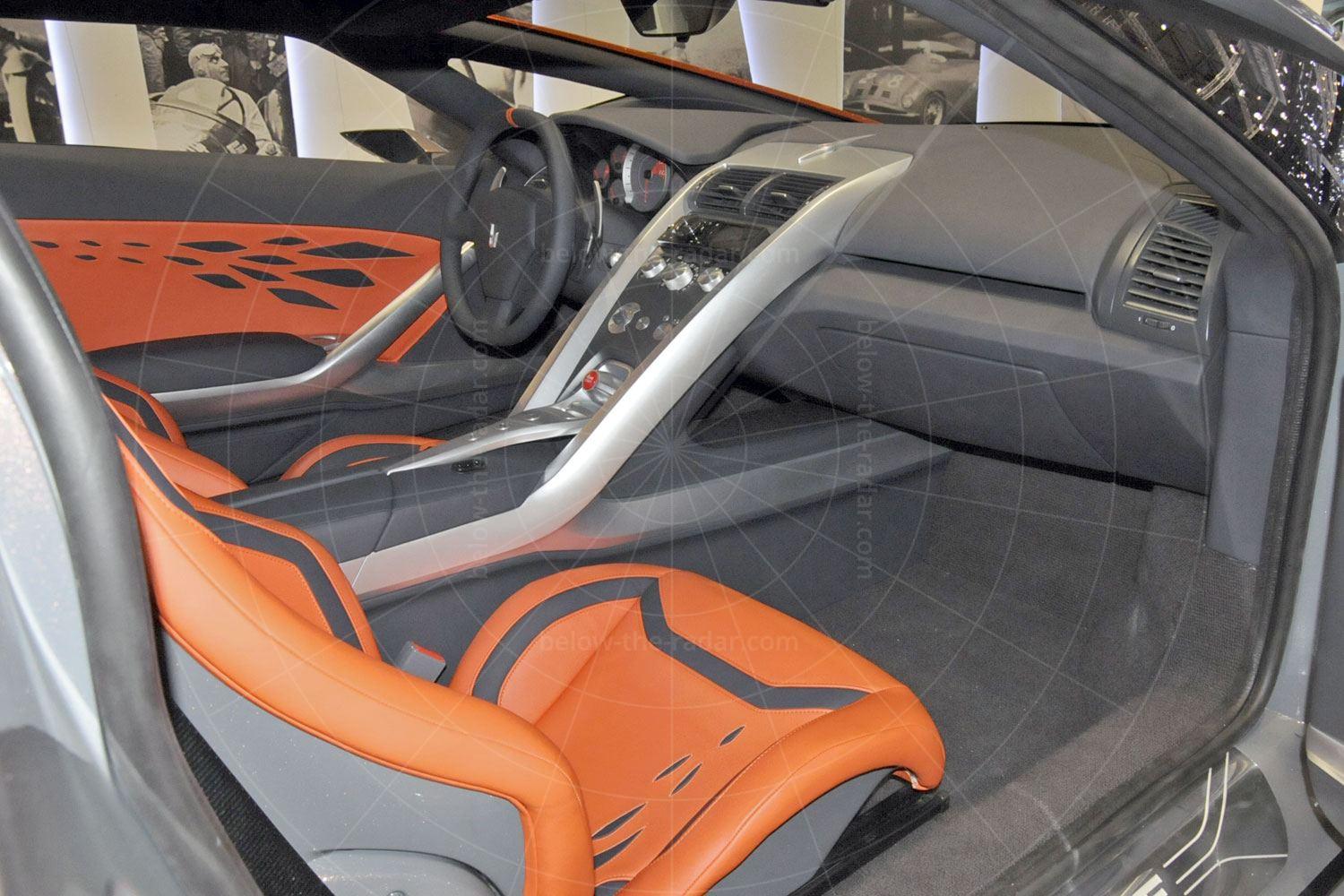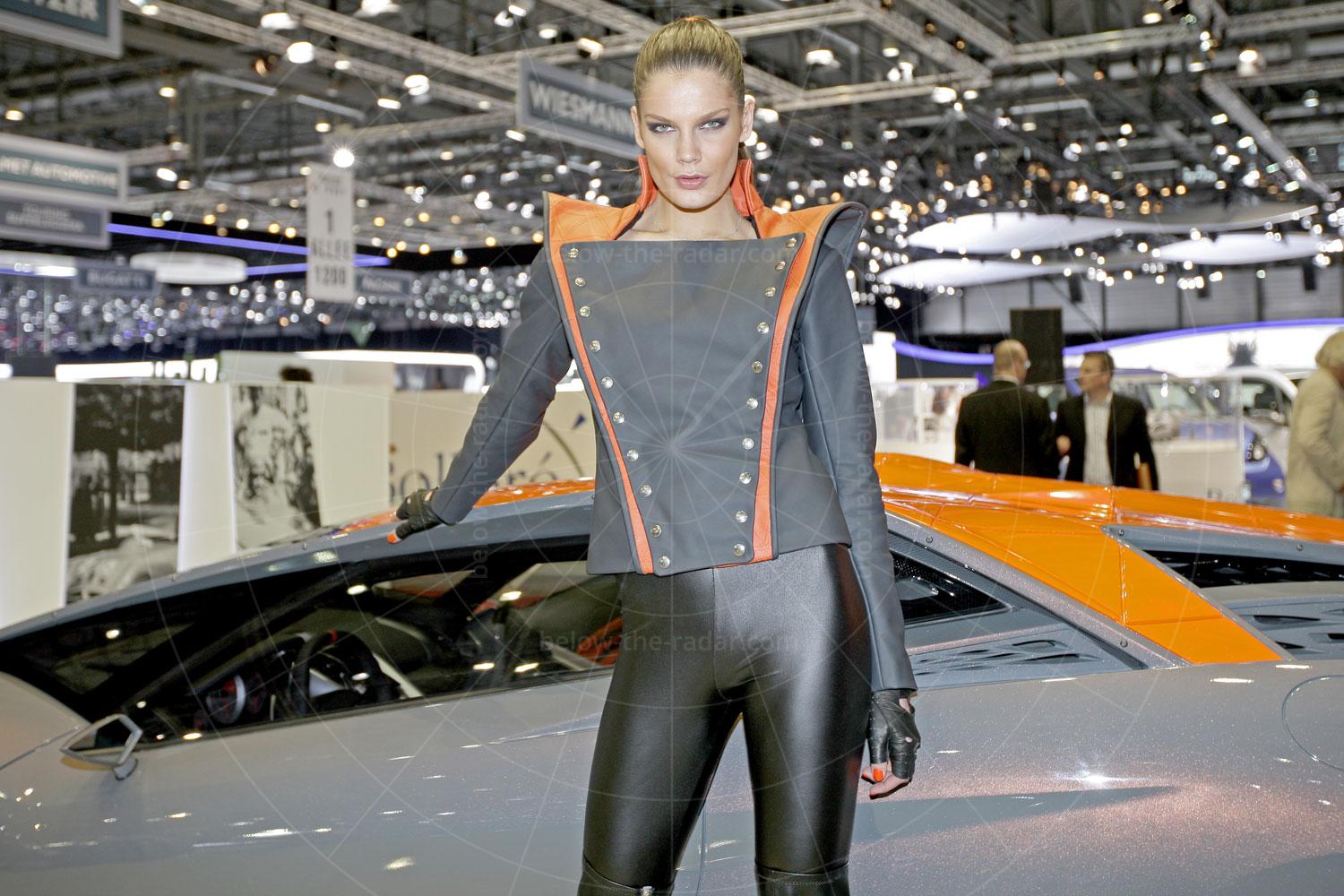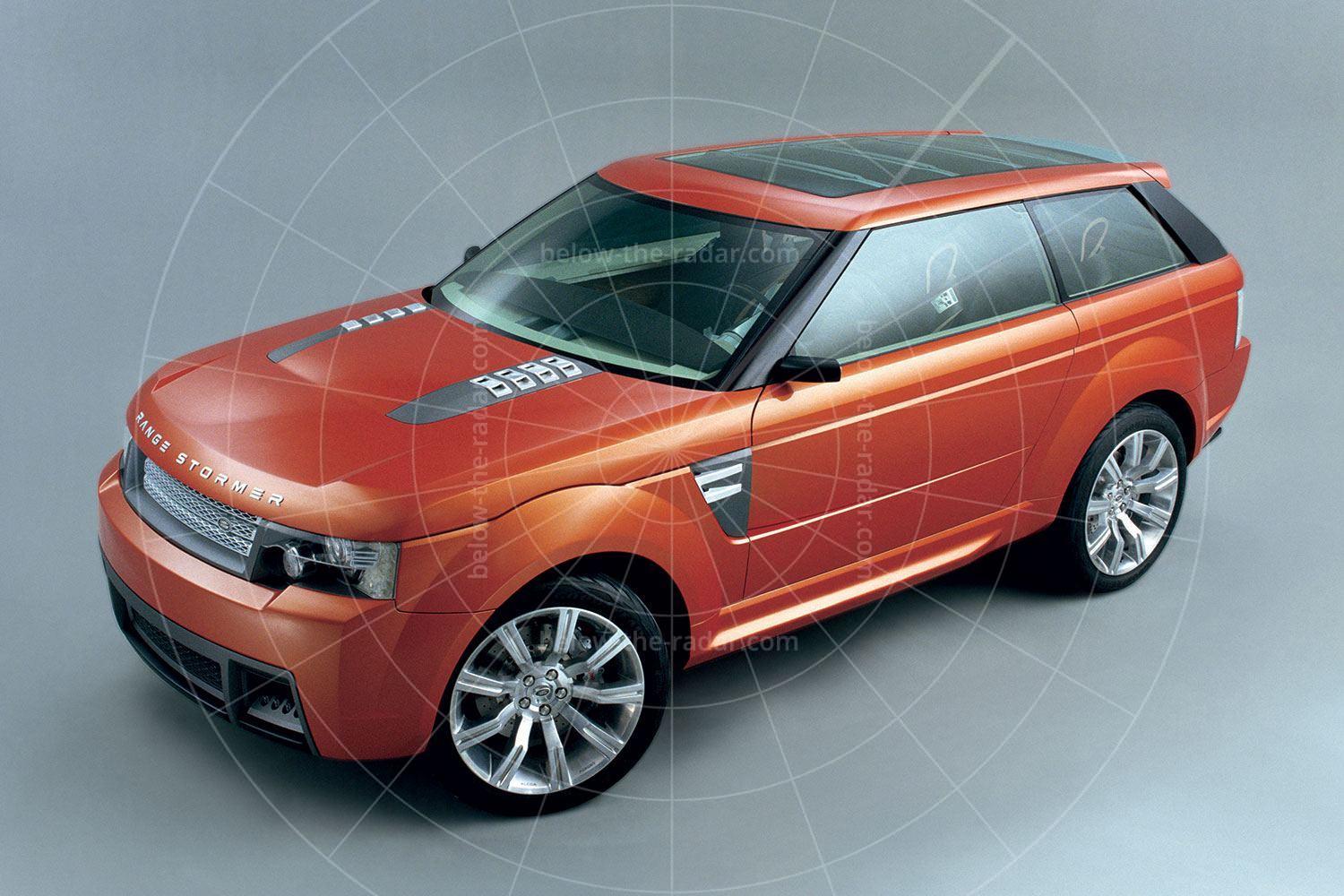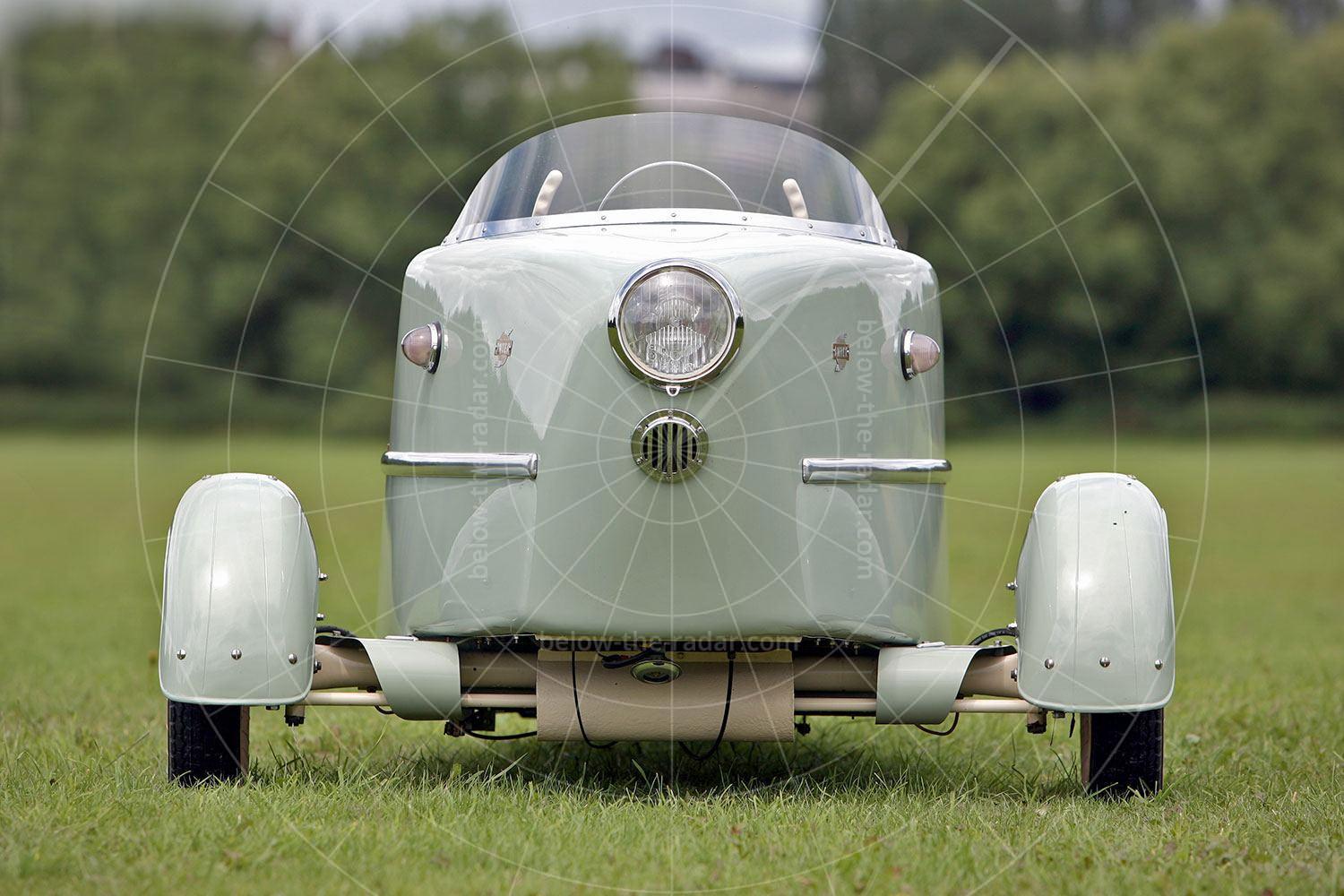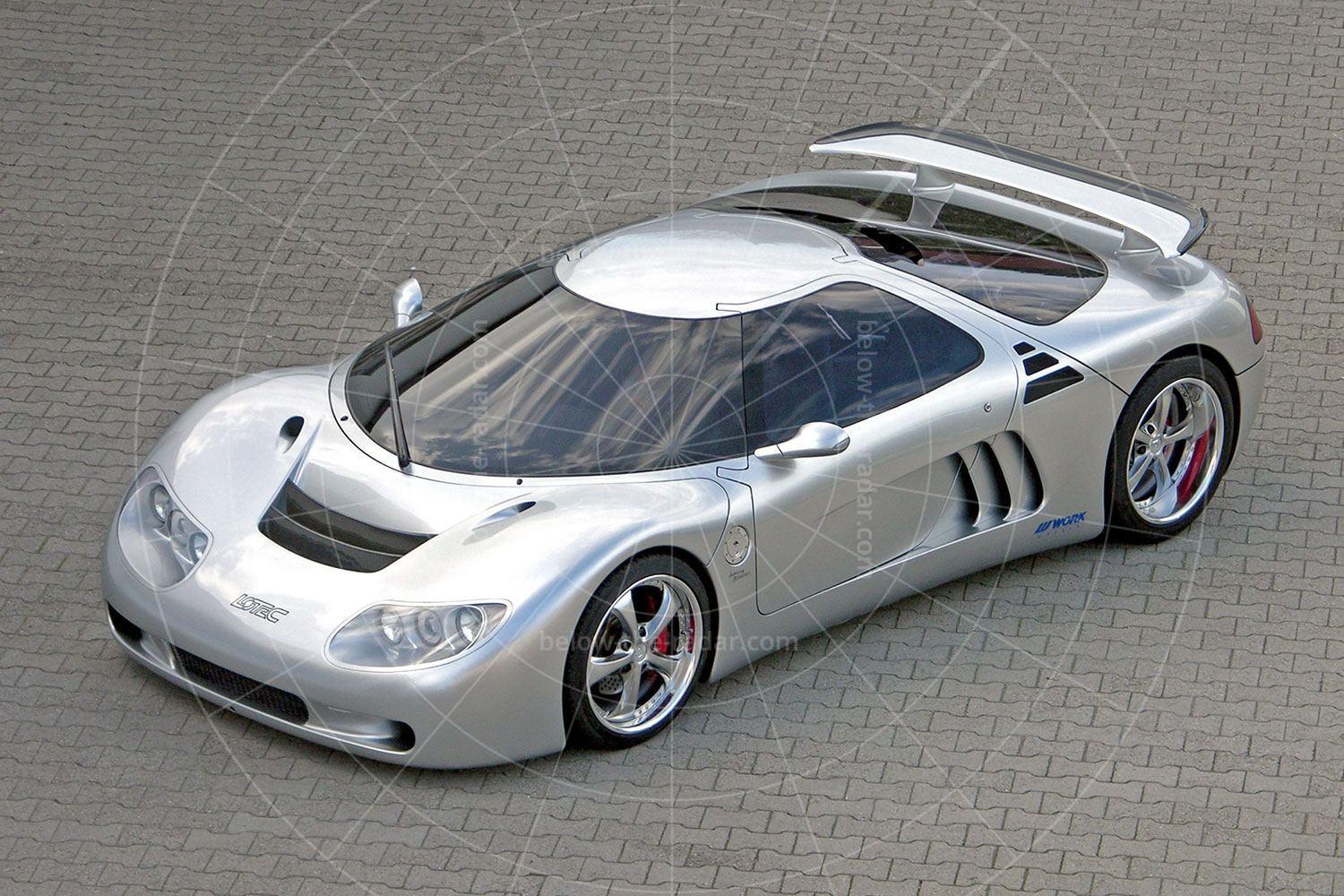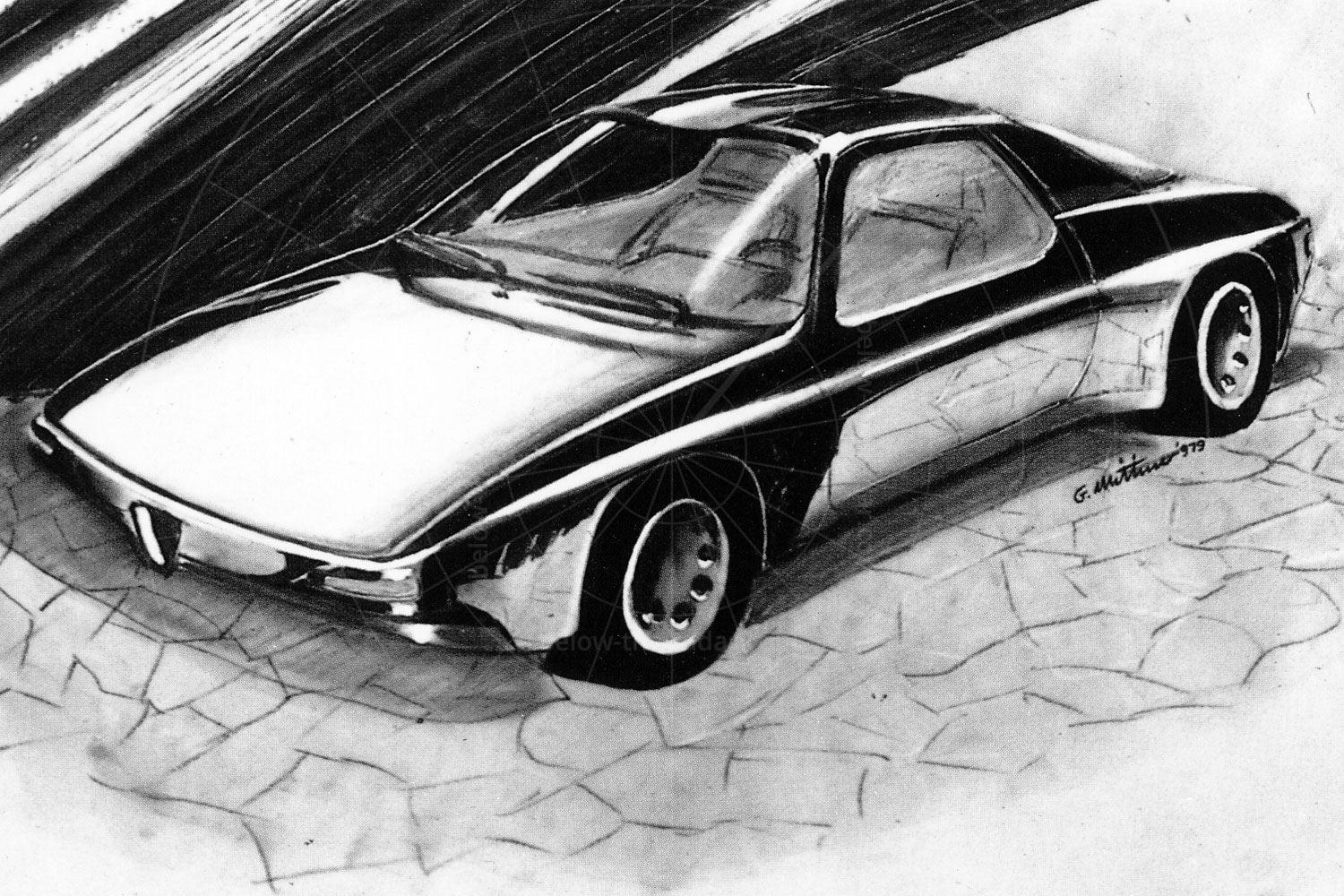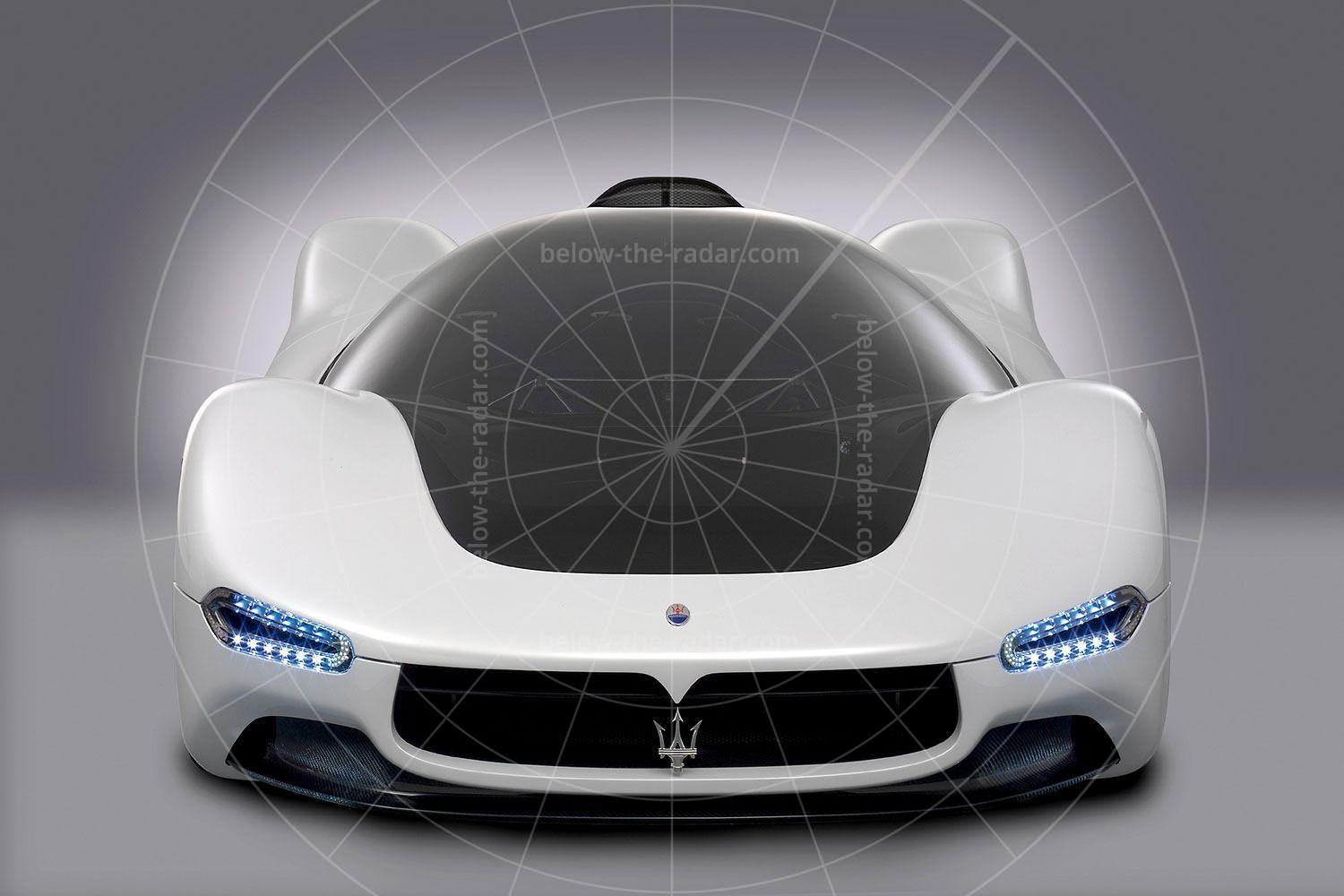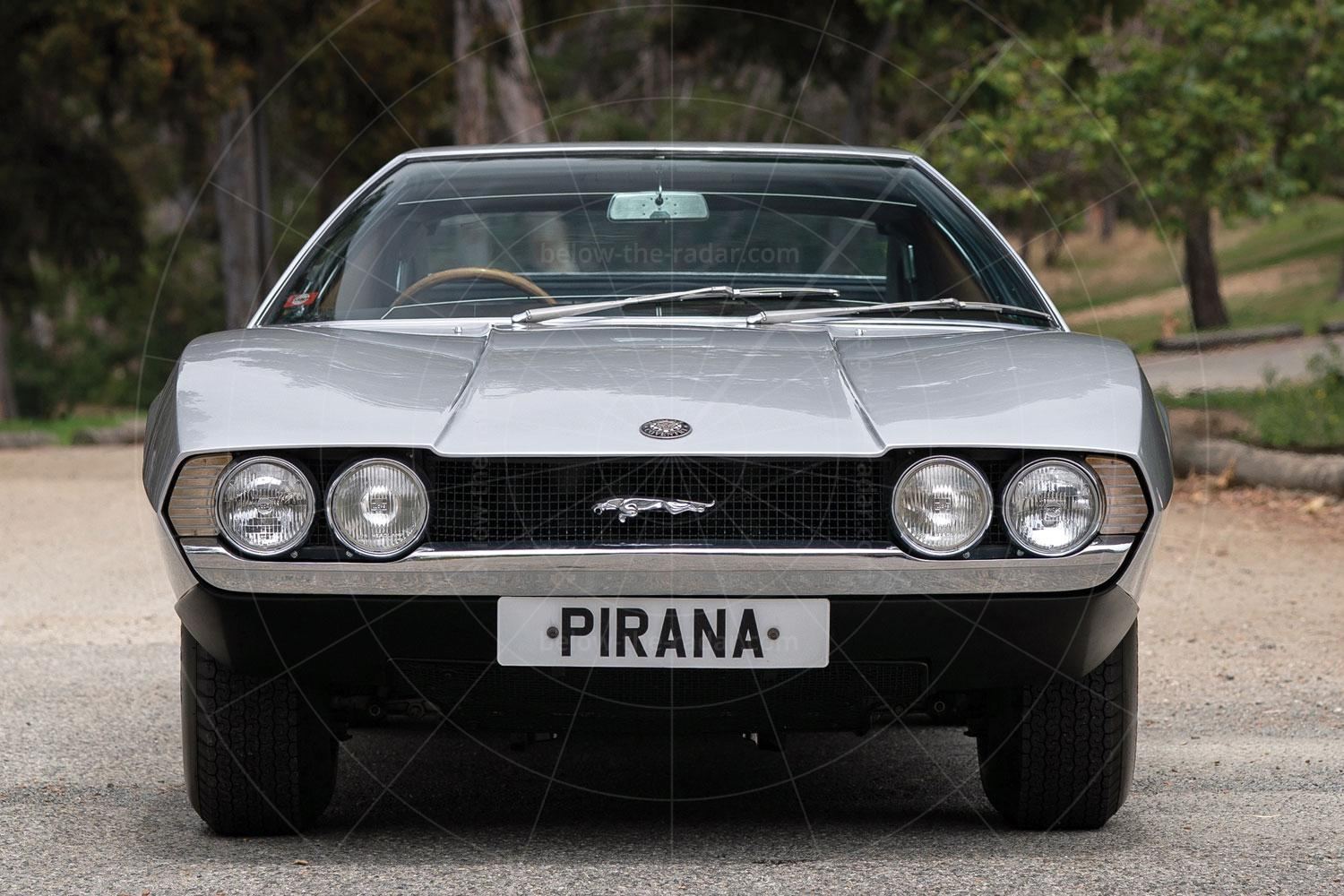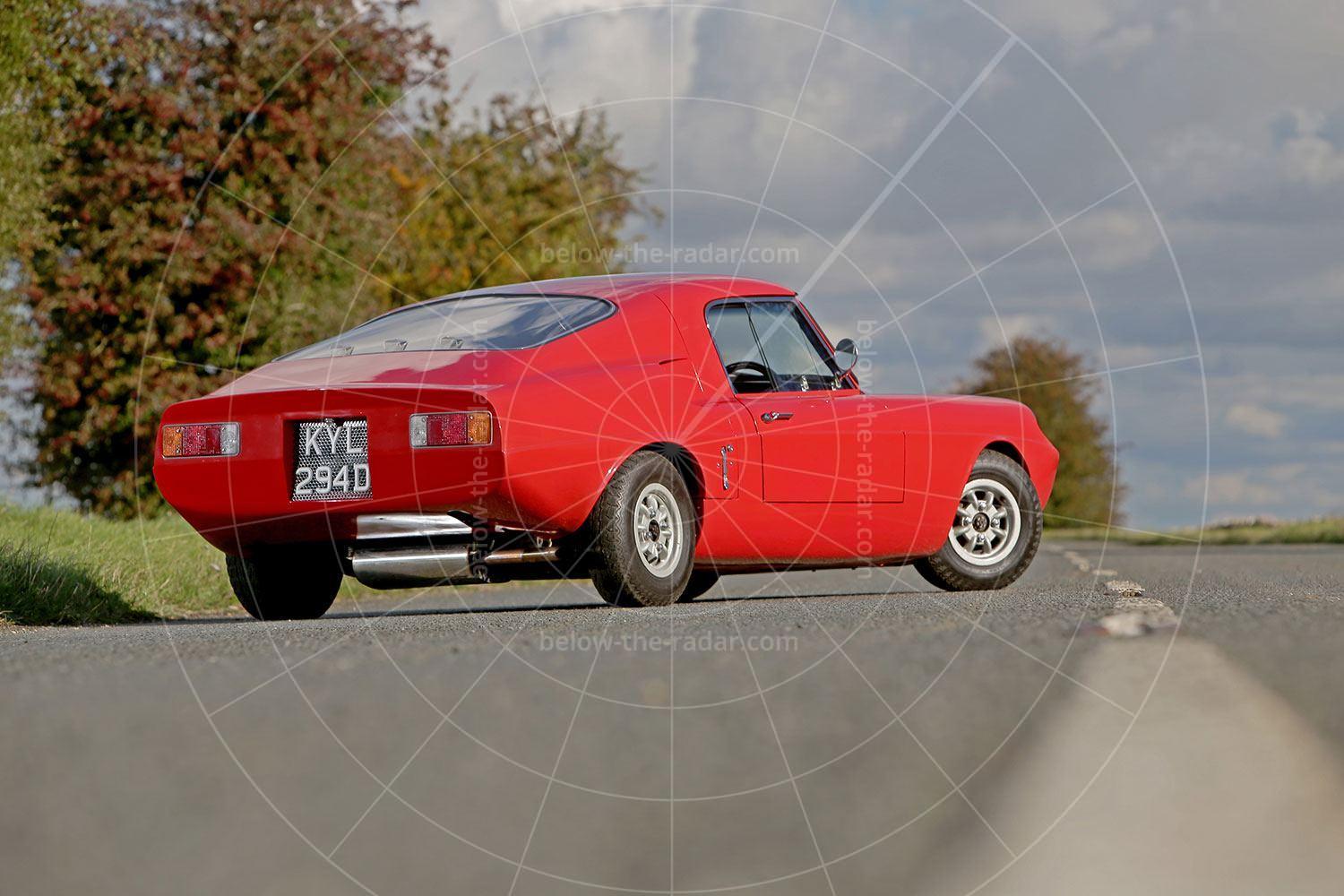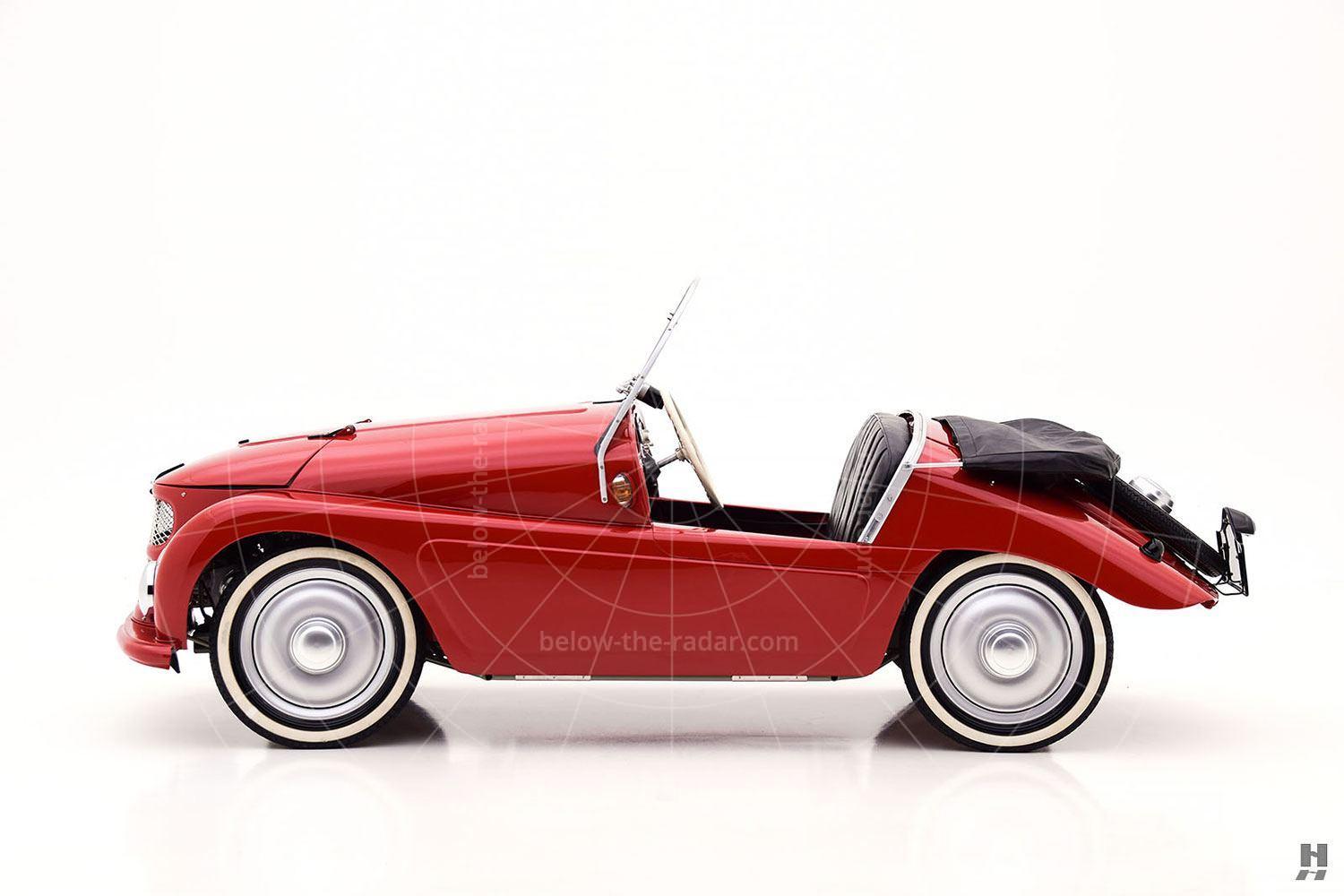This leftfield wonder wedge served many roles, having been created to honour second-generation studio principal, Nuccio Bertone. That, and to celebrate the centenary of the family firm that grew from a small workshop turning out wooden artillery wheels into a design powerhouse. It also referenced one of the most celebrated showstoppers of them all, the 1970 Stratos Zero. Design chief Michael Robinson referenced it as much as a nod to Bertone’s past as a pointer to its future, the assumption being that it had one. Scroll back to 2012 and this storied style leader was having a rough time of it.
The ‘car’ that broke cover at that year’s Geneva motor show was a mock up, the end product being based on a Ferrari F430. Not that Bertone advertised the fact. While many styling features were appropriated from the Zero, this was more a mix tape of influences from Bertone’s back catalogue with a few new tracks thrown in. It was distinctive, that’s for sure. The interplay of concave and convex shapes, not to mention the cab-forward stance lent the impression of taut muscularity. Unlike its inspiration, the Nuccio has conventional doors. Like its inspiration, the vast windscreen was a signature feature: oddly, it was narrower at its base than its peak.
Then there were the chunky A-pillars which began at the headlights and arced perfectly into the B-pillars. The roof itself was equally left-field, Robinson taking his lead from nature and contemporary architecture. He cited the number of buildings being constructed with tent-like tensile structures; ones anchored and pulled taut by cables rather than held together by pillars and joists, and reinterpreted such features for automotive use. The affable American claimed such compositions would become commonplace in production cars. Then there were the pronounced peaks along the roof rails, Robinson deriving inspiration from, of all things, crocodiles.
And not for Bertone something so prosaic as a normal lighting arrangement. Aside from rear lenses that could pass for chrome when not illuminated, the Nuccio boasted a feature that you wouldn’t find on any other car: front brake lights. This system was applied to the daytime driving lights, the brightness of which intensified in direct correlation to how much pedal pressure was being applied. The idea was that other road users, pedestrians even, were given that extra bit of notice that you were slowing. Bertone went so far as to patent this set-up.
Once inside, however, it was decidedly real world as per Robinson’s stated desire to make a genuinely usable supercar. The dashboard revealed little of the car’s Maranello-rooted ancestry, the contact points having been skilfully disguised. If anything, the analogue instruments appeared a bit pedestrian considering the outer drama. It wasn’t as though the Nuccio didn’t earn its keep, mind. Following the big reveal in Switzerland, it acted as a globe-trotting ambassador for this grandee of Italian design, appearing at events as diverse as that year’s Concorso Italiano in California and the awkwardly named Uniques Special Ones event in St Petersburg.
Unfortunately, while it may have been built to celebrate the firm reaching its centenary, the Nuccio proved to be the last original design by Bertone (the following year’s Aston Martin Jet 2 was a reworking of an old show car). The firm turned turtle in 2014. As to the fate of the Nuccio, rumours at the time suggested it was sold to a Chinese buyer for roughly two million euros, but then you cannot put a price on individuality.









